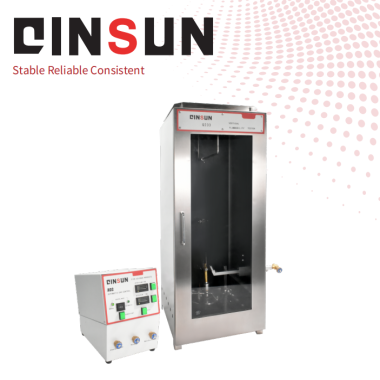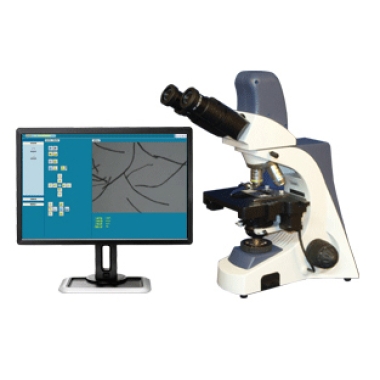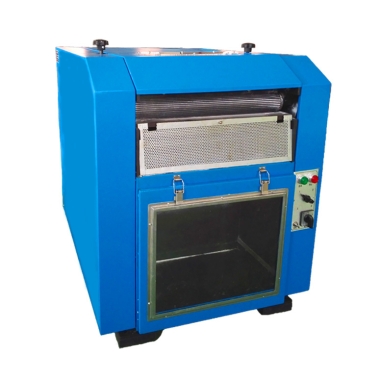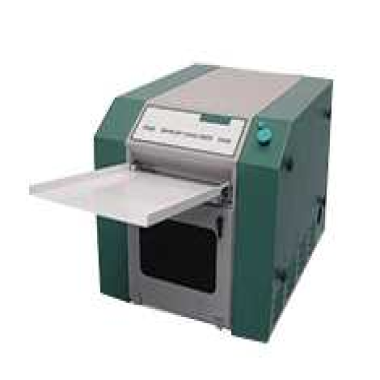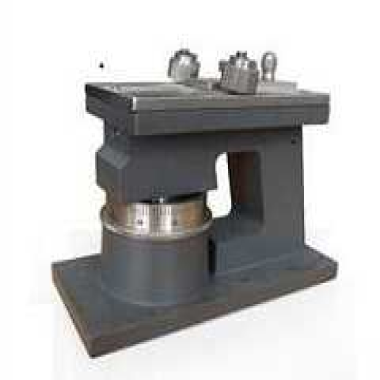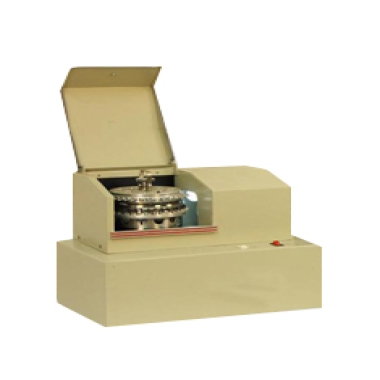Intramedullary Nail Pull-Out Force Tester

Main applications:- Evaluating the pull - out force performance of intramedullary nails: By applying a pull - out load, measure the force value when the intramedullary nail is pulled out from the bone, thereby assessing its pull - out force performance. - Studying the bonding strength between intramedullary nails and bones: By testing the firmness of intramedullary nails in bones, understand their bonding strength with bones, providing a basis for the design and optimization of internal - fixation surgeries. - Quality control: During the production process, conduct internal - fixation pull - out force tests on intramedullary nails to ensure they meet quality standards and reduce the defective rate. - Scientific research and teaching: Provide an experimental platform for researchers, support innovative research in the field of orthopedic implants, and can be used in the teaching of related disciplines.
Applicable Standards
When the intramedullary nail internal - fixation pull - out force testing machine conducts tests, it needs to follow certain standards and specifications to ensure the accuracy and reliability of the test results. The following are some common applicable standards: - ISO international standards: The design, manufacturing, and testing process of the equipment should meet the requirements of ISO international standards to ensure the international recognition of the test results. - National/regional standards: Different countries and regions may formulate specific standards for the mechanical property testing of orthopedic implants. When conducting tests, appropriate national/regional standards should be selected according to the actual situation. - Industry standards: The orthopedic implant industry may also have formulated relevant testing standards and specifications internally. These standards may include provisions on testing methods, testing conditions, testing equipment, etc.
Product Advantages:
The Intramedullary Nail Pull-Out Force Tester offers several key advantages for evaluating implant fixation:
Quantitative Fixation Strength Measurement: Provides a precise, numerical value for the pull-out force, allowing for objective comparison of different nail designs or insertion techniques.
Simulates Clinical Scenario: Replicates the force applied to remove a nail from bone, providing relevant data for predicting clinical performance.
Essential for Quality Control: Enables manufacturers to verify that the pull-out strength of their intramedullary nails meets specified requirements.8
Supports Design Optimization: Test results inform the design process for improved nail threads, coatings, or geometries that enhance fixation.
Standard Compliant Testing: Allows for testing according to established industry standards, crucial for regulatory submissions and market acceptance.
Product Features:
A typical Intramedullary Nail Pull-Out Force Tester is often based on a universal testing machine or a dedicated tensile testing frame, equipped with features specific to implant pull-out testing:
A tensile testing frame capable of applying a controlled uniaxial tensile load.
A load cell to accurately measure the applied pull-out force.
A displacement sensor or the testing machine's crosshead displacement measurement system to record the displacement of the nail relative to the bone substitute.
Specialized grips or fixtures:
A fixture to securely hold the block of bone substitute material (e.g., rigid polyurethane foam as per ASTM F1839).
A grip or adapter designed to attach to the proximal end of the intramedullary nail to apply the tensile load.
Control system for applying the tensile load at a constant, specified rate as required by the applicable standard.
Data acquisition system to record load and displacement data throughout the test.
Software for controlling the test, capturing the data, identifying the peak pull-out force, and generating test reports.
Sufficient testing stroke to accommodate the distance the nail is pulled out.
Technical Parameters:
Load Capacity (Tensile): (e.g., typically ranging from 5 kN to 50 kN or more, depending on the expected pull-out forces for different nail types and bone densities)
Testing Speed Range: (e.g., 1 mm/min to 50 mm/min or as specified by relevant standards like ASTM F543)
Accuracy of Load Measurement: (e.g., ±0.5% or ±1% of reading)
Accuracy of Displacement Measurement: (e.g., ±0.5% or ±1% of reading)
Crosshead Travel / Testing Stroke: (Sufficient to pull the nail out of the bone substitute)
Sample Dimensions Capacity: (Able to accommodate standard sizes of bone substitute blocks and intramedullary nails)
Power Supply: (e.g., AC 220V or 380V, 50/60 Hz)
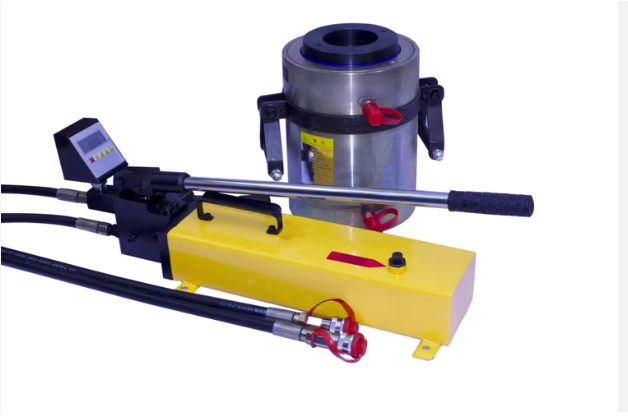
Leave Message Get Price



